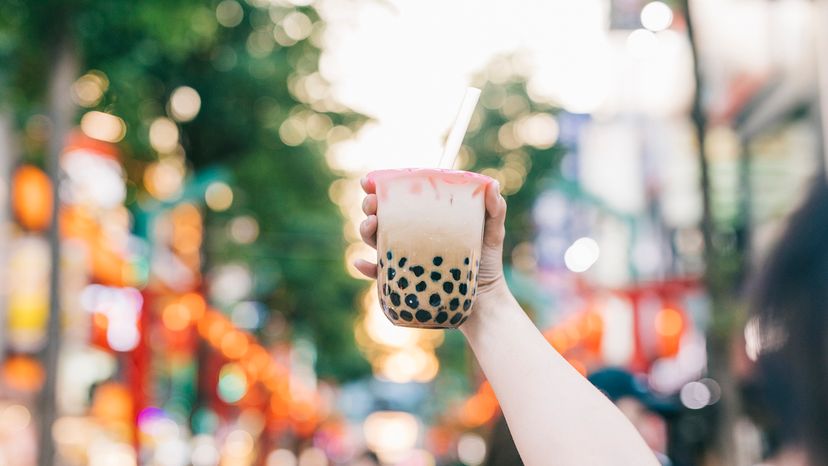
You're not alone if you've ever found yourself wondering, "What is boba?" This food trend has taken the drink market by storm, enchanting tea enthusiasts and curious foodies alike.
Originating in Taiwan during the 1980s, boba — also known as tapioca pearls — has become a quintessential component of what is popularly known as boba tea, bubble tea or milk tea. These sweet, chewy pearls are more than just a fad; they are a cultural phenomenon that has woven itself into the fabric of the food world.
Advertisement